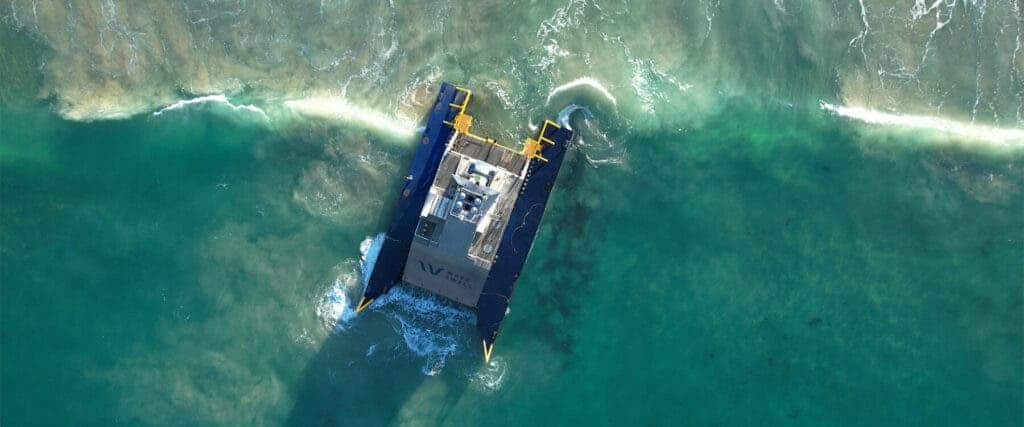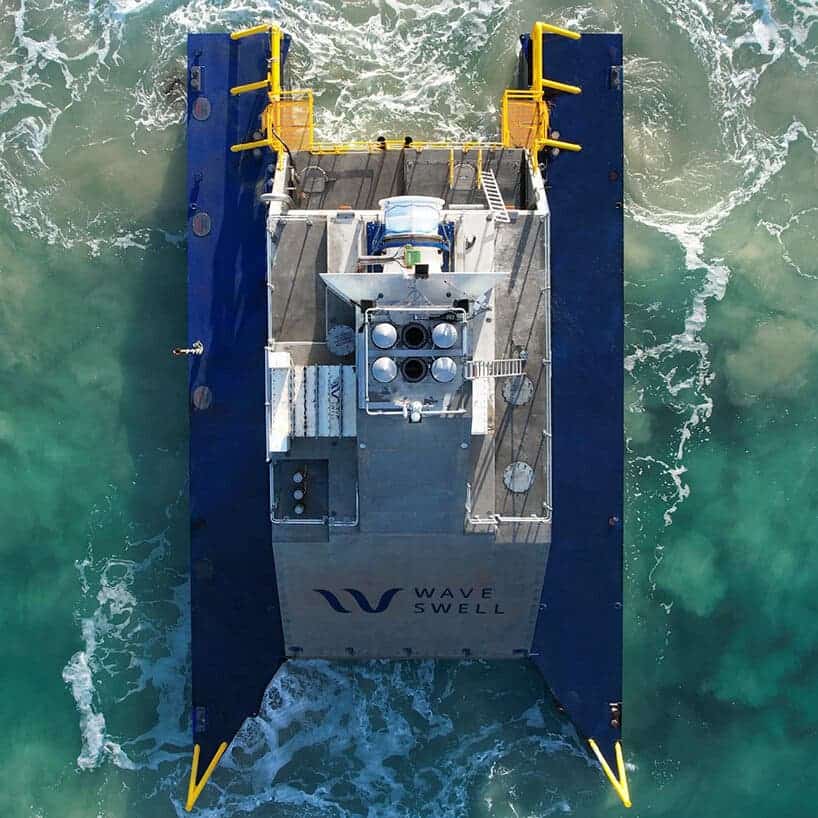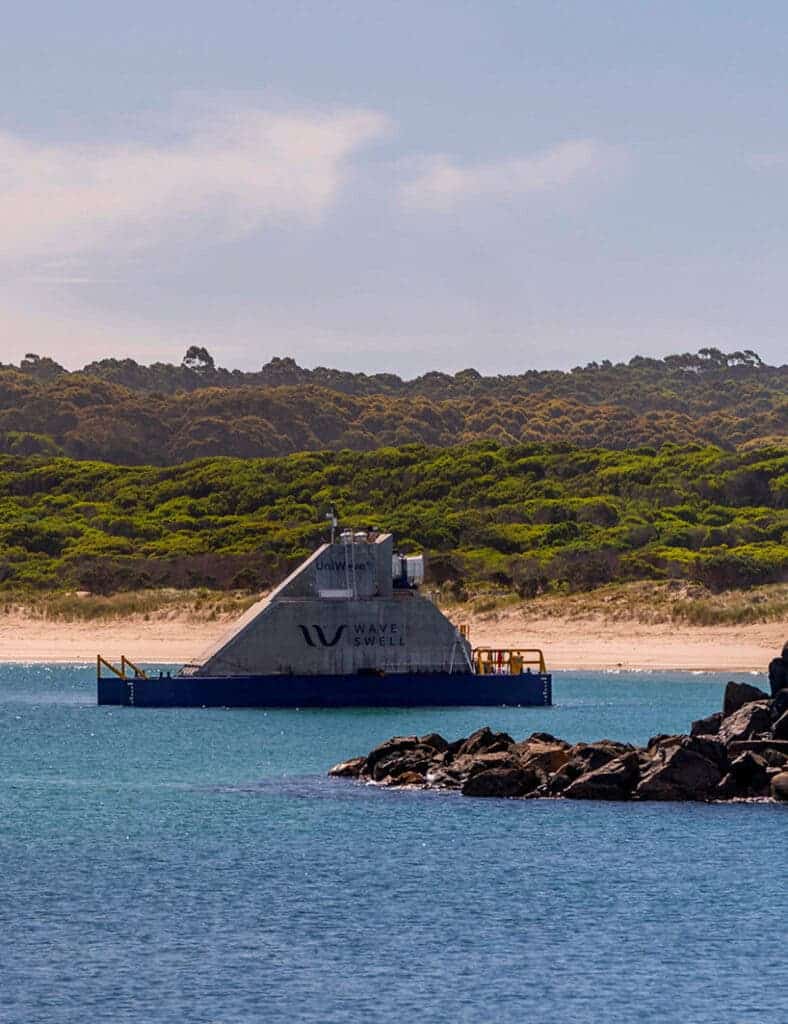
In their search for alternative sources of energy to dirty fossil fuels, scientists simply had to look outside their windows for inspiration. We are surrounded by energy, be it in the form of electromagnetic radiation (solar), chemical energy (hydrogen), or mechanical energy (wind). High up on the list is also the restless motion of the sea, whose constant ebbing and flowing can be harnessed to produce tidal power.
However, tidal barrages and turbines are very expensive, and aside from a few experimental projects in South Korea, France, Canada, and China, this form of renewable energy hasn’t really been proven to be feasible. But there’s hope yet that the ocean can become a source of plentiful, clean energy, a vision that is shared by an Australian company called Wave Swell Energy, which for the past year has been experimenting with a new wave-harvesting device that works a lot like an ‘artificial blowhole’.
Natural blowholes are produced when sea caves grow towards the land and upwards creating a vertical shaft that is exposed to the surface. Water often gushes out at the top part of the landform when waves move to the sea cave with significant force.
The artificial blowhole structure, which is made of a large concrete base, produces electricity from a turbine turned by air pressure in a tube caused by the rising and falling water. All the turbine’s moving parts are above the water, which turns only when the water level drops.

The proof-of-concept is a small 200-kW installation unit near the Tasmanian coastal town of Grassy. It has been funneling electricity into the island’s micro-grid since June last year, and the results so far have been very promising.
According to a new CSIRO report, the “UniWave 200” wave energy machine captured around 50% of the energy from the waves as they passed under the unit. For comparison, wind turbines are around 50% efficient and solar panels generally have a 15% to 20% rated efficiency.
The researchers also modeled the lifetime costs of adding 1MW-sized blowhole plants at Cape Nelson and Warrnambool, both in western Victoria, and Carpenter Rocks in South Australia, finding that the wave energy halved the cost of an integrated system with solar, offshore wind, and batteries.
Previously, another CSIRO report commissioned by Wave Swell found that the levelized cost of electricity of $0.032 per kWh by 2030, which puts it on par with the cheapest onshore wind and solar. That’s as long as the technology is scaled en mass to around 2,500 MW of installed capacity. That sounds like a lot, but the authors of the report mention that that’s only a third of 1% of the capacity that solar and onshore wind had to cover before they could become this cheap.

The main value proposition of the artificial blowhole lies in its reliability. Unlike solar and wind energy, the motion of waves is relatively constant and predictable, helping offset the grid’s demand when it’s cloudy outside and the wind is weak. This means an industrial-scale renewable energy system needs much fewer batteries, which can be prohibitively expensive.
While Wave Swell’s demonstration unit was built in Tasmania, the company is now eyeing markets in Europe and the US where there is more support for technological advancements in wave and tidal power. Low-lying island nations like the Maldives could be the most promising locations where blowhole energy converters could be installed.
These countries are the most vulnerable to climate change, threatened by rising sea levels, coastal erosion, and extreme weather events. To protect themselves, huge sea walls like the one currently deployed around the coast of the Netherlands would have to be raised, where blowhole generators could be ideally placed.






